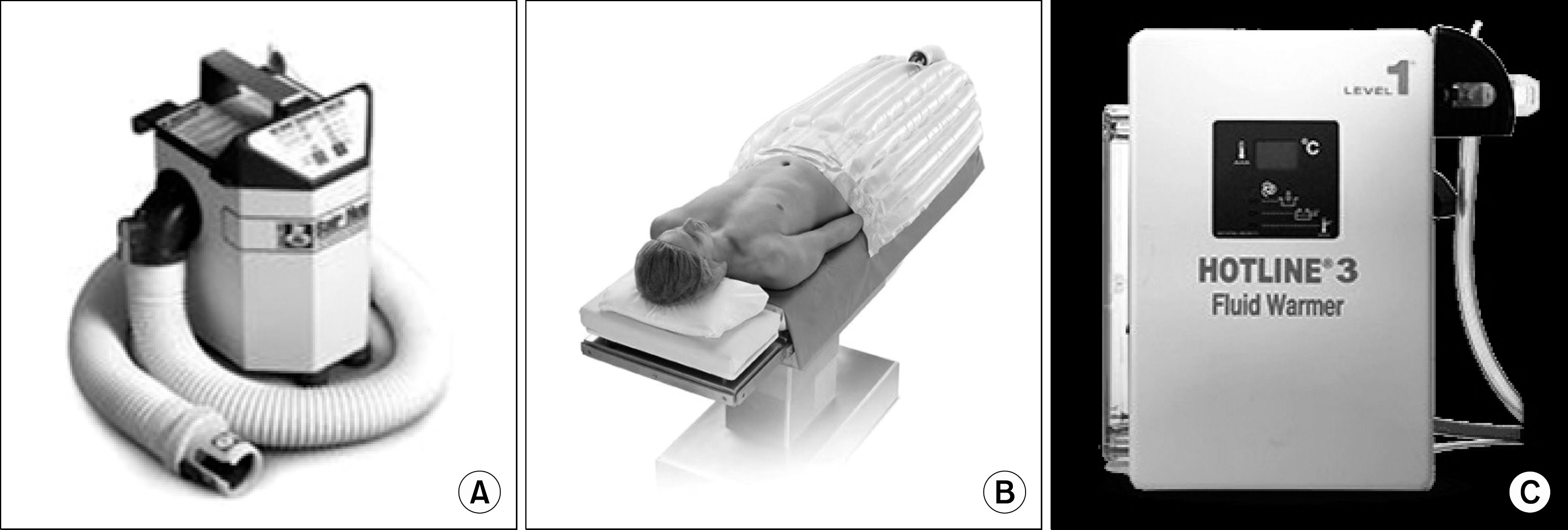J Korean Soc Transplant.
2018 Sep;32(3):31-37. 10.4285/jkstn.2018.32.3.31.
Anesthetic Management in Pediatric Liver Transplantation
- Affiliations
-
- 1Department of Anesthesiology and Pain Medicine, Anesthesia and Pain Research Institute, Yonsei University College of Medicine, Seoul, Korea. koobn@yuhs.ac
- KMID: 2421278
- DOI: http://doi.org/10.4285/jkstn.2018.32.3.31
Abstract
- An increasing number of pediatric patients undergo liver transplantation, and it has become an effective and definitive treatment of choice for pediatric end-stage liver disease patients. However, liver transplantation in pediatric patients differs greatly from that in older individuals with respect to not only surgical techniques, immunosuppression, and post-operative managements, but also to intraoperative anesthetic management. The present review provides an overview of the current development and clinical practices in anesthetic management of pediatric liver transplantation.
Keyword
Figure
Reference
-
1). Cox KL., Berquist WE., Castillo RO. Paediatric liver transplantation: indications, timing and medical complications. J Gastroenterol Hepatol. 1999. 14(Suppl):S61–6.
Article2). O'Riordan J., O'Beirne HA., Young Y., Bellamy MC. Effects of desflurane and isoflurane on splanchnic microcirculation during major surgery. Br J Anaesth. 1997. 78:95–6.3). Gatecel C., Losser MR., Payen D. The postoperative effects of halothane versus isoflurane on hepatic artery and portal vein blood flow in humans. Anesth Analg. 2003. 96:740–5. table of contents.
Article4). Taylor C., Subaiya L., Corsino D. Pediatric cuffed endotracheal tubes: an evolution of care. Ochsner J. 2011. 11:52–6.5). Tegeder I., Lotsch J., Geisslinger G. Pharmacokinetics of opioids in liver disease. Clin Pharmacokinet. 1999. 37:17–40.
Article6). Lemoine S., Zhu L., Massetti M., Gerard JL., Hanouz JL. Continuous administration of remifentanil and sufentanil induces cardioprotection in human myocardium, in vitro. Acta Anaesthesiol Scand. 2011. 55:758–64.
Article7). Fukuda K. Opioids. In: Miller RD. Miller's Anesthesia. 7th ed.Philadelphia: Churchill Livingstone;2009.8). Stevenson JG. Incidence of complications in pediatric transesophageal echocardiography: experience in 1650 cases. J Am Soc Echocardiogr. 1999. 12:527–32.
Article9). Perkin RM., Anas N. Pulmonary artery catheters. Pediatr Crit Care Med. 2011. 12(4 Suppl):S12–S20.
Article10). Carmosino MJ., Friesen RH., Doran A., Ivy DD. Perioperative complications in children with pulmonary hypertension undergoing noncardiac surgery or cardiac catheterization. Anesth Analg. 2007. 104:521–7.
Article11). Taylor CJ., Derrick G., McEwan A., Haworth SG., Sury MR. Risk of cardiac catheterization under anaesthesia in children with pulmonary hypertension. Br J Anaesth. 2007. 98:657–61.
Article12). Bhananker SM., Ramamoorthy C., Geiduschek JM., Posner KL., Domino KB., Haberkern CM, et al. Anesthesia-related cardiac arrest in children: update from the Pediatric Perioperative Cardiac Arrest Registry. Anesth Analg. 2007. 105:344–50.
Article13). Greene N., Bhananker S., Ramaiah R. Vascular access, fluid resuscitation, and blood transfusion in pediatric trauma. Int J Crit Illn Inj Sci. 2012. 2:135–42.
Article14). Lin PH., Dodson TF., Bush RL., Weiss VJ., Conklin BS., Chen C, et al. Surgical intervention for complications caused by femoral artery catheterization in pediatric patients. J Vasc Surg. 2001. 34:1071–8.
Article15). Bechstein WO., Neuhaus P. Bleeding problems in liver surgery and liver transplantation. Chirurg. 2000. 71:363–8.16). Ozier Y., Pessione F., Samain E., Courtois F. French Study Group on Blood Transfusion in Liver Transplantation. Institutional variability in transfusion practice for liver transplantation. Anesth Analg. 2003. 97:671–9.
Article17). Jawan B., de Villa V., Luk HN., Wang CS., Huang CJ., Chen YS, et al. Perioperative normovolemic anemia is safe in pediatric living-donor liver transplantation. Transplantation. 2004. 77:1394–8.
Article18). Bulkley GB. Reactive oxygen metabolites and reperfusion injury: aberrant triggering of reticuloendothelial function. Lancet. 1994. 344:934–6.
Article19). Bukowicka B., Akar RA., Olszewska A., Smoter P., Krawczyk M. The occurrence of postreperfusion syndrome in orthotopic liver transplantation and its significance in terms of complications and short-term survival. Ann Transplant. 2011. 16:26–30.
Article20). Harper PL., Edgar PF., Luddington RJ., Seaman MJ., Carrell RW., Salt AT, et al. Protein C deficiency and portal thrombosis in liver transplantation in children. Lancet. 1988. 2:924–7.
Article21). Hugenholtz GC., Northup PG., Porte RJ., Lisman T. Is there a rationale for treatment of chronic liver disease with antithrombotic therapy? Blood Rev. 2015. 29:127–36.
Article22). Bekker J., Ploem S., de Jong KP. Early hepatic artery thrombosis after liver transplantation: a systematic review of the incidence, outcome and risk factors. Am J Transplant. 2009. 9:746–57.
Article23). Heaton ND. Hepatic artery thrombosis: conservative management or retransplantation? Liver Transpl. 2013. 19(Suppl 2):S14–6.
Article24). Heffron TG., Welch D., Pillen T., Fasola C., Redd D., Smallwood GA, et al. Low incidence of hepatic artery thrombosis after pediatric liver transplantation without the use of intraoperative microscope or parenteral anticoagulation. Pediatr Transplant. 2005. 9:486–90.
Article25). O'Meara ME., Whiteley SM., Sellors JM., Luntley JM., Davison S., McClean P, et al. Immediate extubation of children following liver transplantation is safe and may be beneficial. Transplantation. 2005. 80:959–63.26). Fullington NM., Cauley RP., Potanos KM., O'Melia L., Zurakowski D., Bae Kim H, et al. Immediate extubation after pediatric liver transplantation: a single-center experience. Liver Transpl. 2015. 21:57–62.
Article


